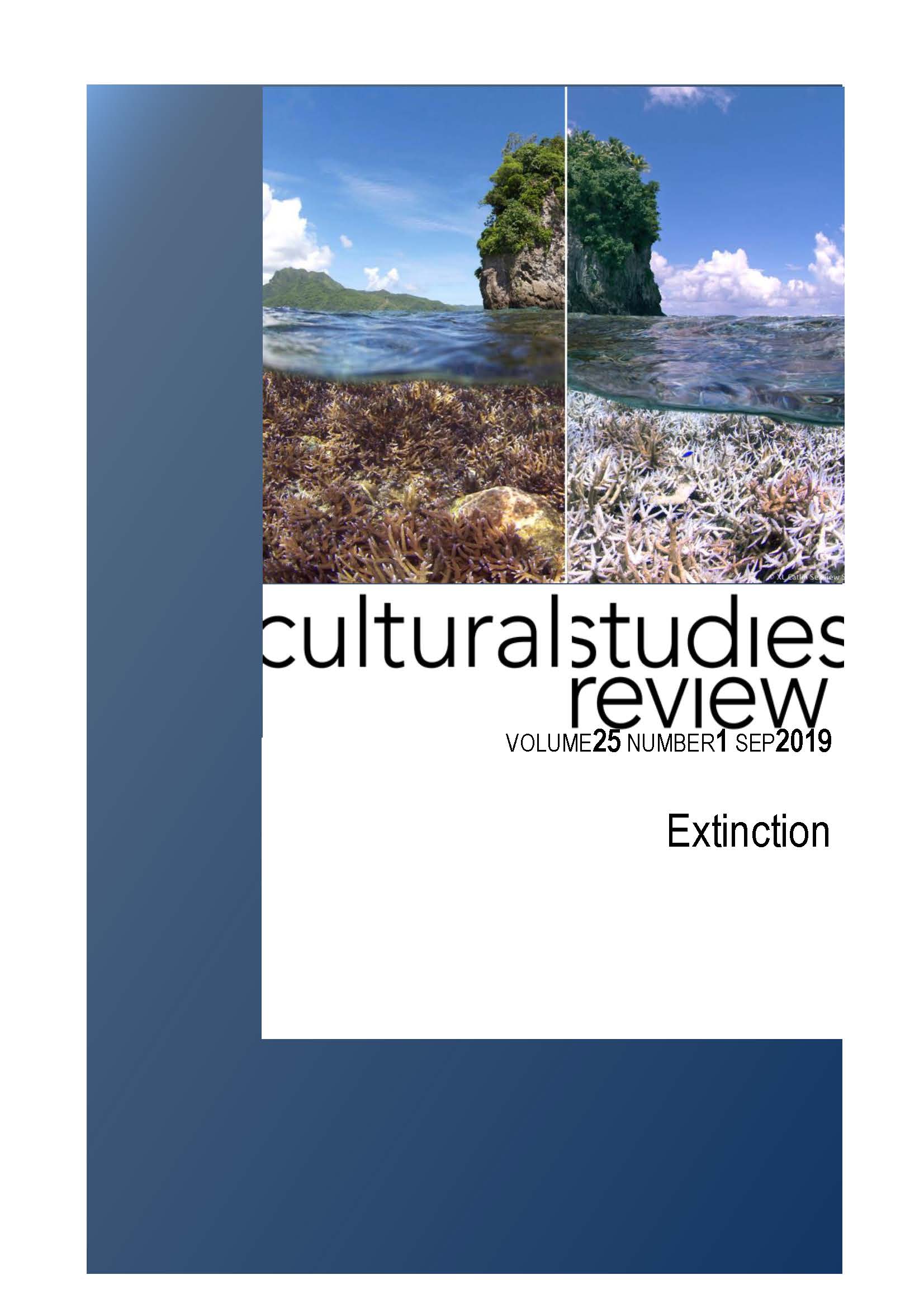Moving Birds in Hawai'i: Assisted Colonisation in a Colonised Land Assisted colonisation in a colonised land
Main Article Content
Abstract
In September 2011, a delicate cargo of 24 Nihoa Millerbirds was carefully loaded by conservationists onto a ship for a three-day voyage to Laysan Island in the remote Northwest Hawaiian Islands. The goal of this effort was to establish a second population of this endangered species, an “insurance population” in the face of the mounting pressures of climate change and potential new biotic arrivals. But the millerbird, or ulūlu in Hawaiian, is just one of the many avian species to become the subject of this kind of “assisted colonisation.” In Hawai'i, and around the world, recent years have seen a broad range of efforts to safeguard species by finding them homes in new places. Thinking through the ulūlu project, this article explores the challenges and possibilities of assisted colonisation in this colonised land. What does it mean to move birds in the context of the long, and ongoing, history of dispossession of the Kānaka Maoli, the Native Hawaiian people? How are distinct but entangled process of colonisation, of unworlding, at work in the lives of both people and birds? Ultimately, this article explores how these diverse colonisations might be understood and told responsibly in an era of escalating loss and extinction.
Article Details
Section
Authors who publish with this journal agree to the following terms:
a) Authors retain copyright and grant the journal right of first publication with the work simultaneously licensed undera Creative Commons Attribution License that allows others to share and adapt the work with an acknowledgement of the work's authorship and initial publication in this journal.
b) Authors are able to enter into separate, additional contractual arrangements for the non-exclusive distribution of the journal's published version of the work (e.g., post it to an institutional repository or publish it in a book), with an acknowledgement of its initial publication in this journal.
c) Authors are permitted and encouraged to post their work online (e.g., in institutional repositories or on their website) prior to and during the submission process, as it can lead to productive exchanges, as well as earlier and greater citation of published work (See The Open Access Citation Advantage Service). Where authors include such a work in an institutional repository or on their website (ie. a copy of a work which has been published in a UTS ePRESS journal, or a pre-print or post-print version of that work), we request that they include a statement that acknowledges the UTS ePRESS publication including the name of the journal, the volume number and a web-link to the journal item.
d) Authors should be aware that the Creative Commons Attribution (CC-BY) License permits readers to share (copy and redistribute the work in any medium or format) and adapt (remix, transform, and build upon the work) for any purpose, even commercially, provided they also give appropriate credit to the work, provide a link to the license, and indicate if changes were made. They may do these things in any reasonable manner, but not in any way that suggests you or your publisher endorses their use.
